This comet-shaped molecular cloud, consisting of regions of dense gas and dust, lies in the constellation Muscat, the Fly. It is accompanied by the globular cluster NGC 4372. The Dark Doodat Nebula is one of the closest star-forming regions to
Read more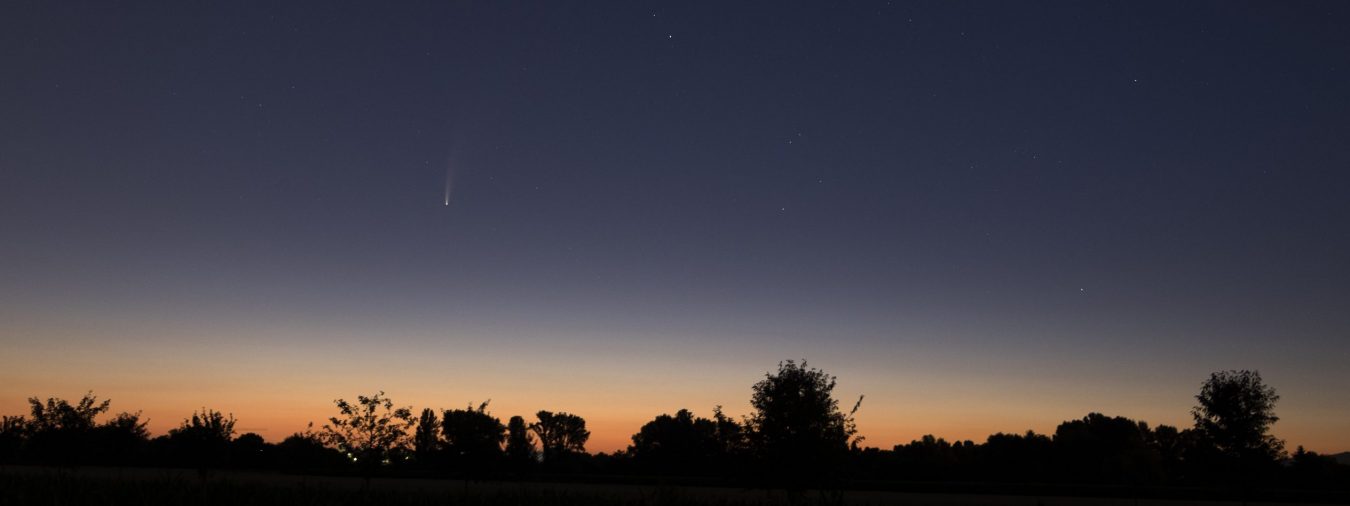
Dark Doodat Nebula (Sandquist 149)

Flaming Star, Tadpole and Spaghetti Nebulae (IC405, IC410, SH2-240)
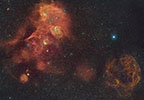
This ensemble of marvelous emission nebulae lies in the constellation of Auriga and Taurus. At the bottom right is the Spaghetti Nebula, at the top left the Flame Star Nebula and the Tadpole Nebula form the eyes of a nebula
Read moreElephant Trunk Nebula IC1396
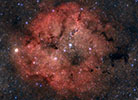
North America and Pelican Nebula – NGC 7000 and IC 5070

In the summer sky at night, the North American Nebula NGC7000 is directly above us in the constellation Swan, accompanied by the Pelican Nebula (IC5070). Both nebulae are part of a larger interstellar cloud, which consists mainly of ionised hydrogen
Read moreGlobular Cluster NGC6397

Embedded in a dense star field, NGC 6397 is one of the closest globular clusters to us. Its stars are only a few lightweeks apart, while the star closest to us is over four light years away. Globular clusters are
Read moreSoap Bubble Nebula – PN G075.5+01.7
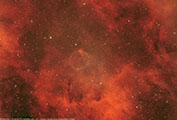
In the centre of the Swan lies a very faint nebula, the Soap Bubble Nebula. It is a transparent, almost perfect sphere and hangs in the night sky like a soap bubble floating in the wind. The soap bubble is
Read moreRunning Chicken – IC2944

My photo shows a bright nebula in the constellation Centaurus in the southern starry sky. With its characteristic shape, intertwined filaments, dark orbits and vivid colours, it is reminiscent of a running chicken. It consists mainly of hydrogen gas, which
Read morePerseids 2023

Every year in August, the most famous shooting stars flit across our night sky. The Perseids are named after their apparent origin, the constellation Perseus. They originate from comet 109P/Swift-Tuttle, which orbits the sun every 133 years and leaves a
Read moreCat’s Paw Nebula – NGC6334

My photo taken in Namibia shows the Cat’s Paw Nebula in Scorpius. It is one of the most active star-forming regions in our Milky Way. The red glowing emission nebula consists of individual patches of nebulosity that are separated from
Read moreDragons of Ara – NGC6188
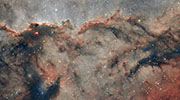
The battle of two dragons in the constellation Altar (Ara). However, their battle is only an illusion of dust and gas about 4000 light years away from us. The region is a very active star-forming region with young hot stars
Read more